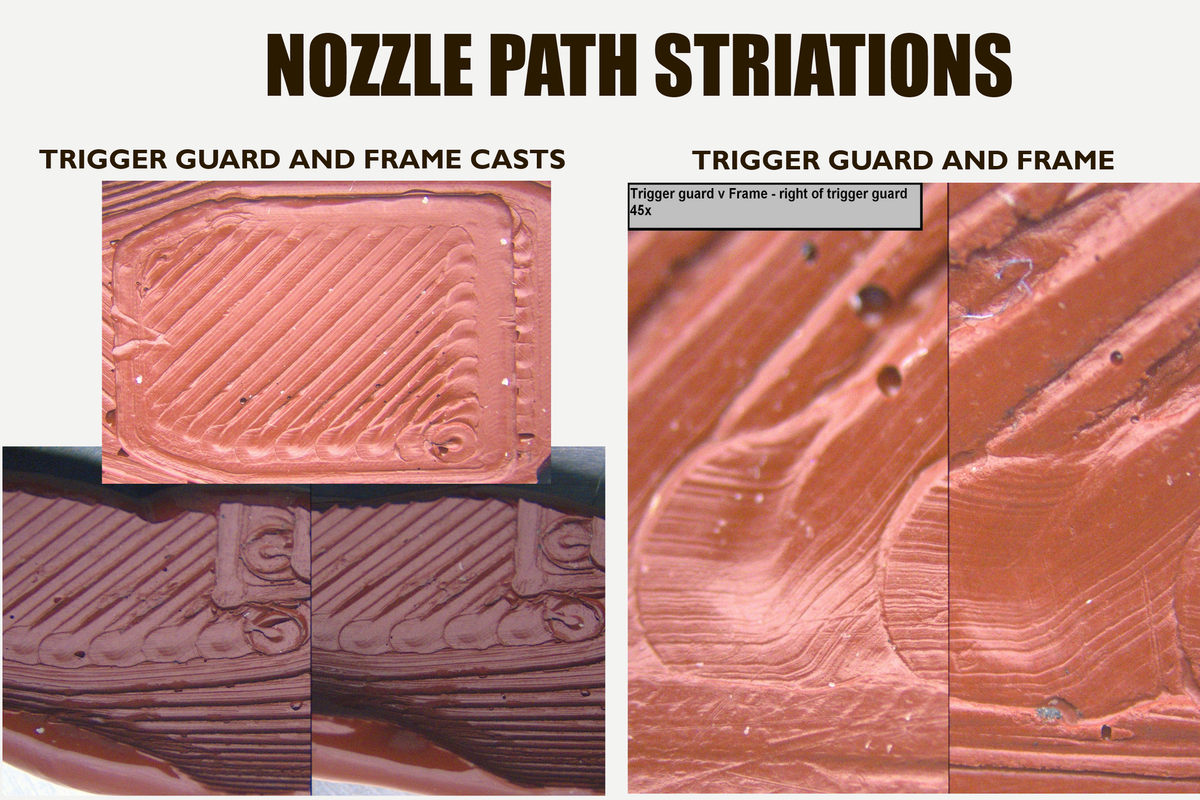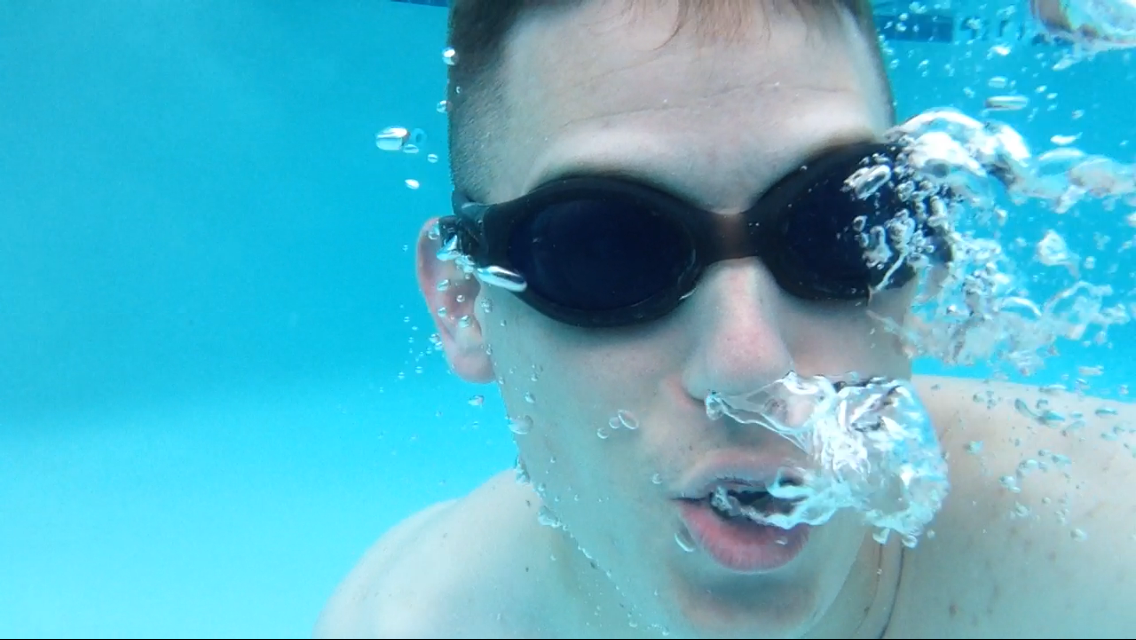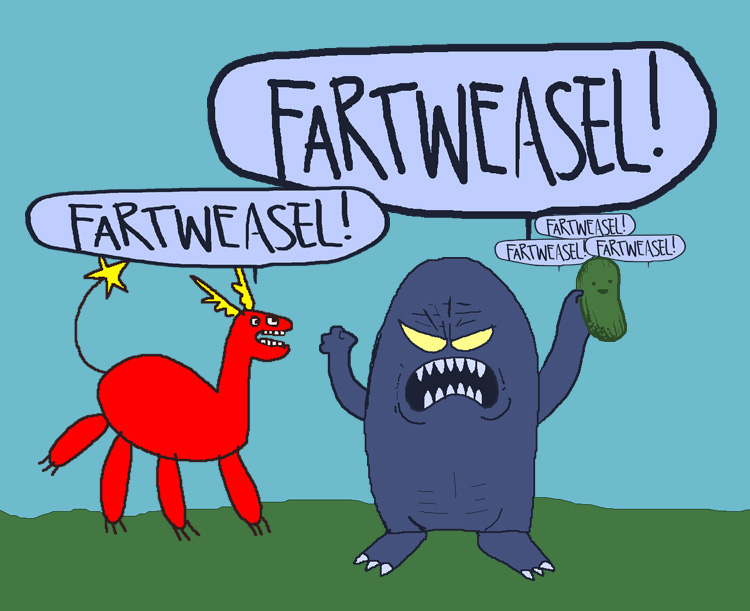Early studies show that 3D printers may leave behind similar toolmarks on repeated prints.
All of this represents a deeply flawed understanding of how such “tracing” works. In order for this to accomplish anything you have to have both the printed gun part and the printer that made it already in your forensics lab, which means whoever you’re trying to hassle has already been caught. This might help secure a conviction after the fact by being able to conclude that, yes, part A was probably printed on printer B. It absolutely will not allow any random beat cop to grab any random printed gun off the street and be able to proclaim, “Ah, yes. This was printed by Bob Smith at 123 Maple Street,” or whatever hyperbolic fantasy these authoritarian types are always wishing for.
The risk here is cocksure but incompetent investigators inevitably generating a shitton of false positives and charging/convicting the wrong people just because they happen to own a 3D printer, and judges and juries believing them. This kind of thing already happens in established fields of forensics all time and if they couch everything in enough authoritative sounding language nobody who doesn’t already know a whole bunch about the topic is going to be able to call them out on it.
This kind of thing already happens in established fields of forensics all time and if they couch everything in enough authoritative sounding language nobody who doesn’t already know a whole bunch about the topic is going to be able to call them out on it.
Bingo, the goal is not to actually trace 3d printed guns, it’s to add another piece of evidence they can slap onto the target of their investigation to improve the chance of getting a conviction. Whether the accused is actually guilty of anything is truly irrelevant to the intended purpose of these kind of things, they are in practice assumed guilty by the prosecution unless proven innocent. The point is simply to make a convincing case to a judge or jury.
Exactly!
The belief that forensics is reliable is unfounded. I don’t know the stat but last I remember reading it, it’s pretty low that they can prove anyone did anything. More murderers haven’t been caught than have.
More murderers haven’t been caught than have.
this is a shit way to describe things. more criminals of all types haven’t been caught. saying therefore there’s no rational foundation for forensics is ridiculous.
Look I’m all for calling out bad experts and pseudoscience all day. Lie Detectors? fuck 'em.
But you’re not going to convince me forensic pathology - like finding someone’s DNA under a victim’s finger nails - is bunk.
And you’re casting a wide fuckin’ net there.
Way to overthink it.
lol, you saying forensics is unreliable. you’re underthinking, or simply ignorant.
overthink it, that’s a problem where you come from huh? you don’t refute shit, you just say something pithy and consider that equivalent. what a mental failure.
There’s also all the mess of slicer and printer settings. It would be interesting to give someone a collection of parts with different nozzle sizes, extrusion widths, pressure advance settings, temp settings, print speeds/accelerations, etc
Re-slice in different positions, use a few different slicers and printers, got it. Thanks for the pro tip 👍🏻
Just change nozzles every print, you can get cheap Chinese nozles for less than a $1 a pop.
I think there was a study that showed every 3d printer leaves a sort of fingerprint, and they can identify which printer printed what object.
In a lab, probably. In reality? No. Print nozzles wear over time and their patterns will change accordingly, and they are entirely replaced often.
Won’t stop DAs from insisting on using it in court though.
Yeah you can see the slop in the prints when the axis stops. You can just change print settings and it won’t look the same between prints. You can also use chemicals to smooth the outside of the print.
I’ve seen this before and I still don’t entirely buy it. If you’re talking about the pattern left by the nozzle rubbing the print, that will not be a reliable identifier.
Most nozzles are brass. Soft metal. It wears down and the pattern in the plastic will change. Because they wear down anybody doing regular prints is gonna replace their nozzle from time to time. New pattern in the plastic.
This is assuming they don’t change a new $2 brass nozzle, print a gun part, then toss the nozzle in the trash. Or the whole printer. My printer right now is probably $150 used at this point, if I was to sell it.
Imo this isn’t gonna do much, and for the people who would do nefarious things it will be easily avoided.
(This is ignoring changing print settings, nozzle diameter, filament type, print temp, etc)
You don’t have to buy it for them to convince 12 average citizens that they used wizardry and science to definitively prove it’s ‘real.’ See bite mark analysis, fiber analysis, hair analysis, etc, etc, etc. Court rooms are full of pseudoscience because it helps convict more people.
And ‘Lie detectors’ (polygraphs). Don’t forget those frauds.
Afaik those aren’t admissible as evidence in court.
Hell, you’re not even gonna get that far. I don’t think there’s a forensic lab within 2000 miles of me that could do this kind of work. All that funding goes to guns and cover ups.
You could probably map resonance artifacts, but you have to isolate layers that were printed at the same speed and direction. However, the second you tighten a belt or screw, that pattern will change and I am not sure how consistent resonance patterns would be on a bed slinger. (The quantity and density of printed plastic may change the resonant characteristics of the entire printer. This may be less of an issue on a core xy.)
Thinking waaay outside the box… In some cases, I have seen extruder gear marks on the filament create artifacts on a print. Every gear pattern should be unique, but measurable differences would probably be micron or sub-micron.
Maybe you could map the surface of textured beds as I seriously doubt that those patterns would be consistent and more prone to randomness from the factory.
There are a ton of conditions that could generate unique artifacts on a print, now that I think of it. Hell, even a printers PID tuning can leave visible and repeatable errors.
I think my issue is practicality in testing. They have to have the print, and the printer. To test they likely need the file, modified with the same slicer settings as set originally. There are just so many factors, I have a hard time seeing them get all the required pieces, get them all in working order (especially the printer), then have the means to print the same thing in the same way. After all of that, now they have to measure some patterns and prove they’re the same across prints.
I feel like the complexity of the problem introduces more chances for false positives, or just enough of a shift in how the printer is tuned, how the file is set up, etc to make the process unreliable at best.
I guess we’ll see, but idk. A poor tool still has potential for abuse even if it doesn’t work as originally intended.
oh boy can’t wait for printer manufactures to start encoding metadata in every print like 2d printers do
I half expect Bambu labs to already do and be furiously trying to come up with a scheme to monetize it.
NGL, my favorite way that independent artists are watermarking their SLA sculpts is sublimated in the model itself. Both the file and its prints have telltale ciphers at a specific plane, all but nullifying the “washing” tactic. Still, if the rule of law means nothing, it’s all pretty moot. 🤌🏼
I would think that the entire idea of a disposable item would be that you can get rid of it after use. In case of something that is 3d printed, you just need a small container of acetone to put it in. After a bit you are just left with some goop.
On top of that, nozzles that are actually used (especially the cheap ones) wear down and never would keep the same marks.
These 3d printed items have been known and used for decades already (Bruce Willis even used one in one of his movies, back in the day). There is no sure way to trace them any more. Somebody could use a file from 15years ago, before all this was big news.
The reality is that the markings left on bullets aren’t as unique as NCIS would have you believe. A lot of them DO change over time (or even just field stripping a gun).
But the key is that in those first N hours/days, it can be some very substantial evidence. 9 mm round was left embedded in the politician and the chief suspect has ten 9 mm PCCs? Let’s test all ten of those and see if we get a match. And so forth.
In that case: Assuming this holds true (I read the article a few days ago and it is currently very hazy), the same could be done with 3d printers. Ghost gun used in a case and the suspect has a 3d printer? Well… checking the print logs is probably still easier. But one could imagine a world where there is a court order to print a special benchy to compare tooling marks.
And… much like with guns, someone who is educated can take precautions.
Swap your nozzle after you’re done.
deleted by creator
^ Obviously uneducated about the topic.
At least read up on JStark and the FGC-9.
RIP JStark. Hail PSR and Ivan.
I would think it’s a very non-american problem, though. They already have super easy access to real guns. It’s all the other countries with gun restrictions that need to worry about printed guns.
deleted by creator
You might want to go back and read my comment again :)
deleted by creator
deleted by creator











